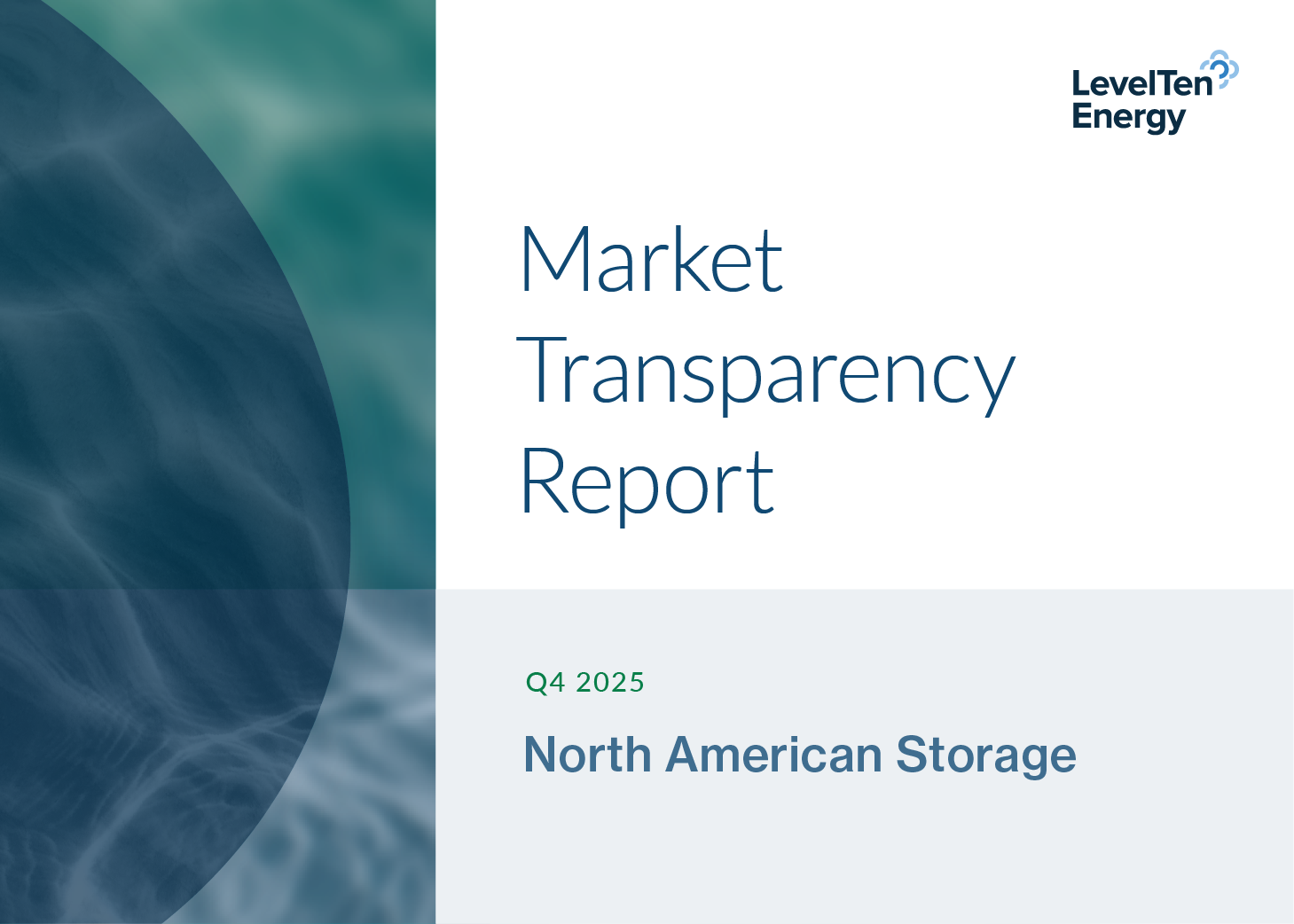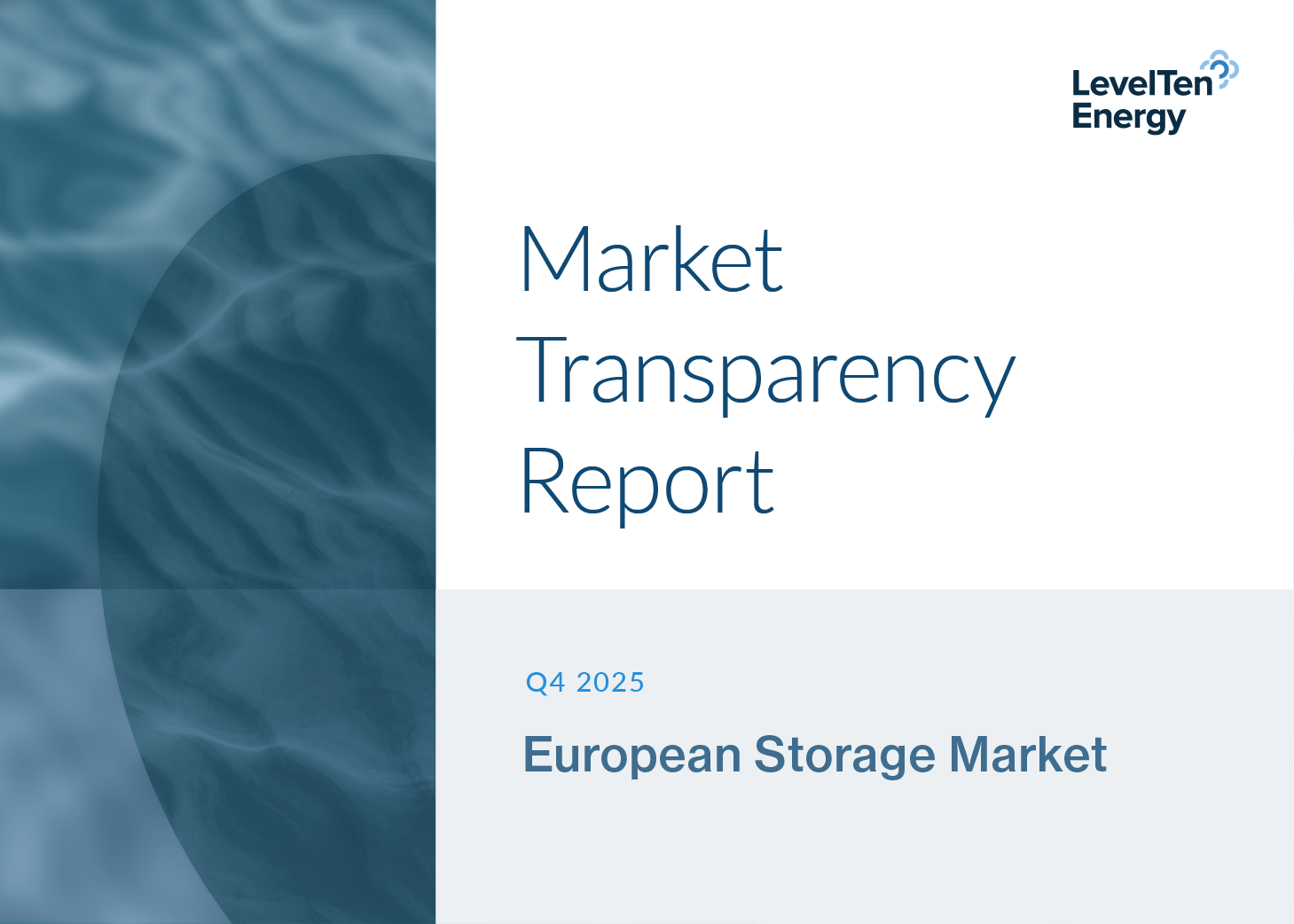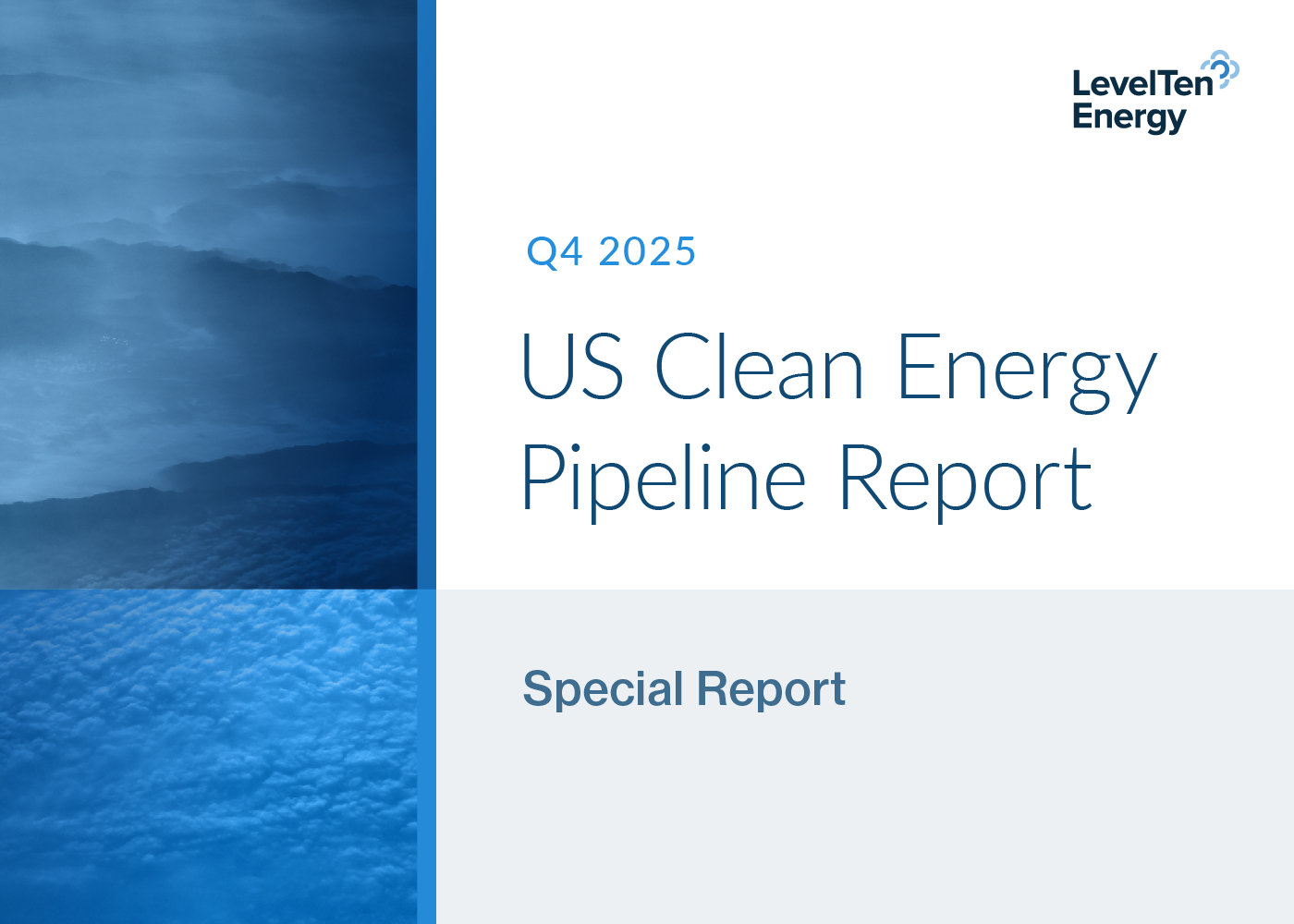Renewable outlook remains positive for 2021
LevelTen Energy published its first PPA Price Index report in Q2 2018, and every quarter, for a year and half, the results were insightful — but not very eventful. From the second half of 2018 and throughout 2019, offer prices for solar PPAs in the United States maintained a slow and steady decline, driven by falling soft and hard costs, and fierce competition among developers in a market still short of demand. During the same period, offer prices for wind PPAs maintained a slow and steady incline, driven by the phase down of Production Tax Credits. According to LevelTen's Q4 PPA Price Index, the tide began to shift in Q1 2020, when solar prices reversed direction, rising above 2018 prices in many markets. In Q2 2020, wind prices began a steeper increase than in previous quarters, ultimately surpassing solar prices by 5.3%.

It would be easy to jump to the conclusion that COVID-19 was the cause of rising wind and solar offer prices, but it was only one of many factors. In LevelTen's Price Index developer survey, 26% of respondents said they increased their PPA offer prices due to challenges caused by COVID, but that means 74% didn’t. To continue to offer competitive PPA prices, some developers turned inward. In our survey, 19% of respondents said they reduced their costs and 11% said they reduced their returns. Download the full report for details.
Beyond COVID-19, there were other market factors that contributed to rising prices in 2020. In our Q3 survey, we asked developers what was impeding development in areas where demand was high, and “grid connection delays” and “permitting challenges” were the top two factors selected. Permitting and interconnection are becoming increasingly costly and difficult in many U.S. markets, which creates a bottleneck, constraining supply and putting upward pressure on prices.
In addition, economically competitive projects that had secured permits, low-cost interconnection, and safe-harbored equipment for the full Production Tax Credit and Investment Tax Credit quickly found contracts with offtakers, leaving higher-priced projects available in the market. As the best locations get scooped up, identifying and securing permits and interconnection positions -- in the absence of broad-based reform in these two areas -- becomes more challenging for new, highly economical projects. As a result, many are seeking to repower existing wind projects and are turning to previously untapped domestic markets for new opportunities.
Meanwhile, demand for renewable energy remained strong in 2020, despite the economic challenges caused by COVID-19. LevelTen was heartened to see that corporations remained committed to achieving their renewable energy targets, and the list of RE100 members continued to grow. Some deals took a little longer than anticipated: procurement and finance teams were understandably focused on other priorities when shutdowns began, but as the world adjusted to a new normal, renewable energy transactions picked back up.
Looking Ahead
Although prices are higher today than a year ago, PPAs remain an economically attractive and proven way to achieve renewable energy targets and reduce emissions by bringing new clean energy projects onto the grid. Looking into the future, renewables will still be the most competitive form of electricity generation. We don’t expect the rising prices to soften demand in 2021; boards of directors, investors, governments, employees and consumers will continue to push for sustainability commitments that will require all large energy consumers to turn toward renewables.
In addition, the pandemic has generated a new desire to “build back better.” As BlackRock CEO Larry Fink said in the company’s 2021 stewardship expectations, “investors and others will be looking to see how companies are rebuilding their businesses for long-term sustainability and value creation.” At the same time, many municipalities, states and government agencies are looking for ways to stimulate the economy in a sustainable way, creating more political will to spend on renewables.
When it comes to supply, long permitting and interconnection processes won’t be solved overnight, but with a pro-renewable administration and congress, we are hopeful that many of those challenges will be addressed and development burdens will begin to ease. In addition, it will be interesting to see whether the recent federal tax credit extensions slow the upward trend of PPA prices this year.
The Takeaway: Don’t Wait to Act
We anticipate that demand will outpace supply in 2021 and beyond, creating a seller’s market. Organizations should not wait to act on their sustainability commitments. If climate and right-to-operate risks weren’t already lighting fires under executive teams, the financial incentives for locking in the best projects now should be the catalyst for action.
When they’re ready to act, LevelTen Energy and our partners will be here to find the best power purchase agreement to meet their needs. We all have #OneGoal - to accelerate the clean energy transition - and LevelTen is delivering the renewable transaction infrastructure to make that possible. Contact us to learn more.






